The artificial hill by MVRDV on the corner of Hyde Park in central London is receiving harsh criticism both from professionals and the public. Designed to be lush greenery 25 meters tall hill that reconnects the Marble Arch with Hyde Park, the realization of the design did not quite turn out as MVRDV planned.
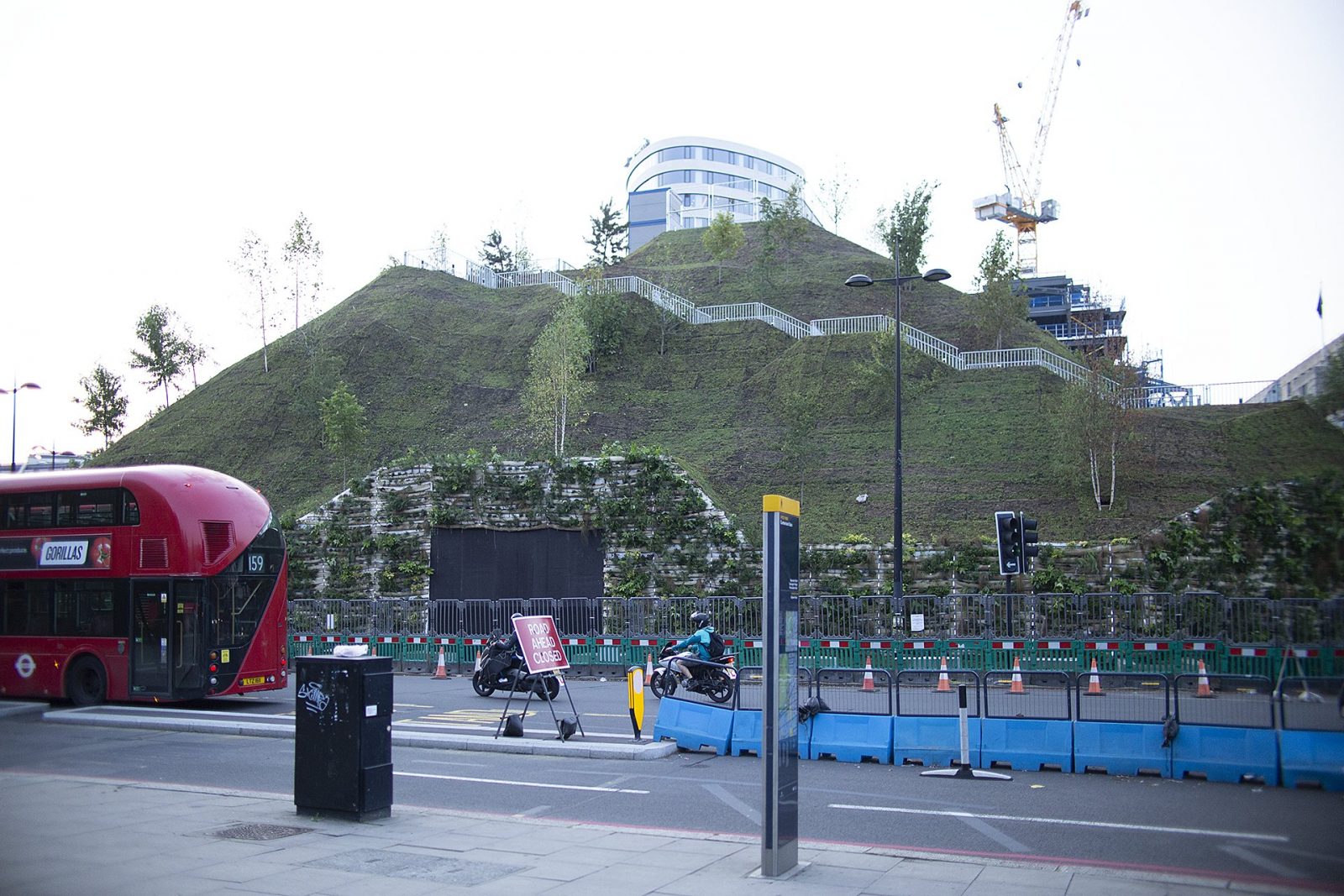
Photography by Dan Barker
After the £2 million attraction started welcoming visitors, criticism from the public called Marble Arch Mound a “slag heap” and said it looks nothing like the lush landscape in the rendered images. While professionals including Manchester School of Architecture senior lecturer Rob Hyde describing it as “pointless”, and Assorted Skills + Talents director Christopher Boyce said it was a “massive waste of time and material”.
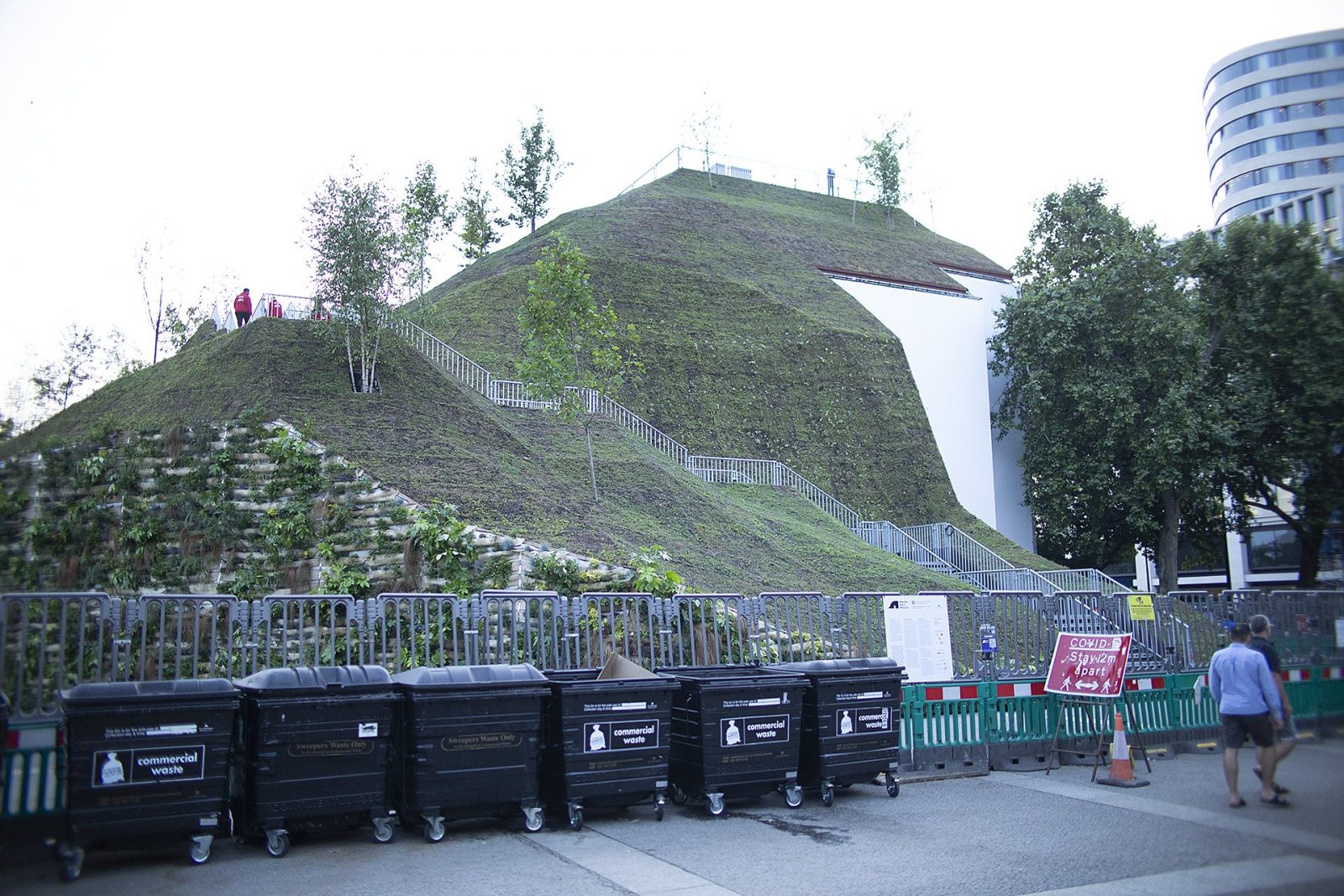
Photography by Dan Barker
In response, Westminister City Council said Marble Arch Mound was not ready for its opening and suspended bookings for visits till Monday 2 August. Moreover, the council offered refunds to people who already visited the attraction paying £4.50.
From its side, MVRDV admitted Marble Arch Mound opened earlier than it should have.
“It is a pity the mound opened too soon. It is always unpredictable when you work with plants and trees, especially in challenging weather conditions. Because of the recent drought, the sedum appears brown and thin – but it will get better,” said a spokesperson for MVRDV to the Architects Journal.
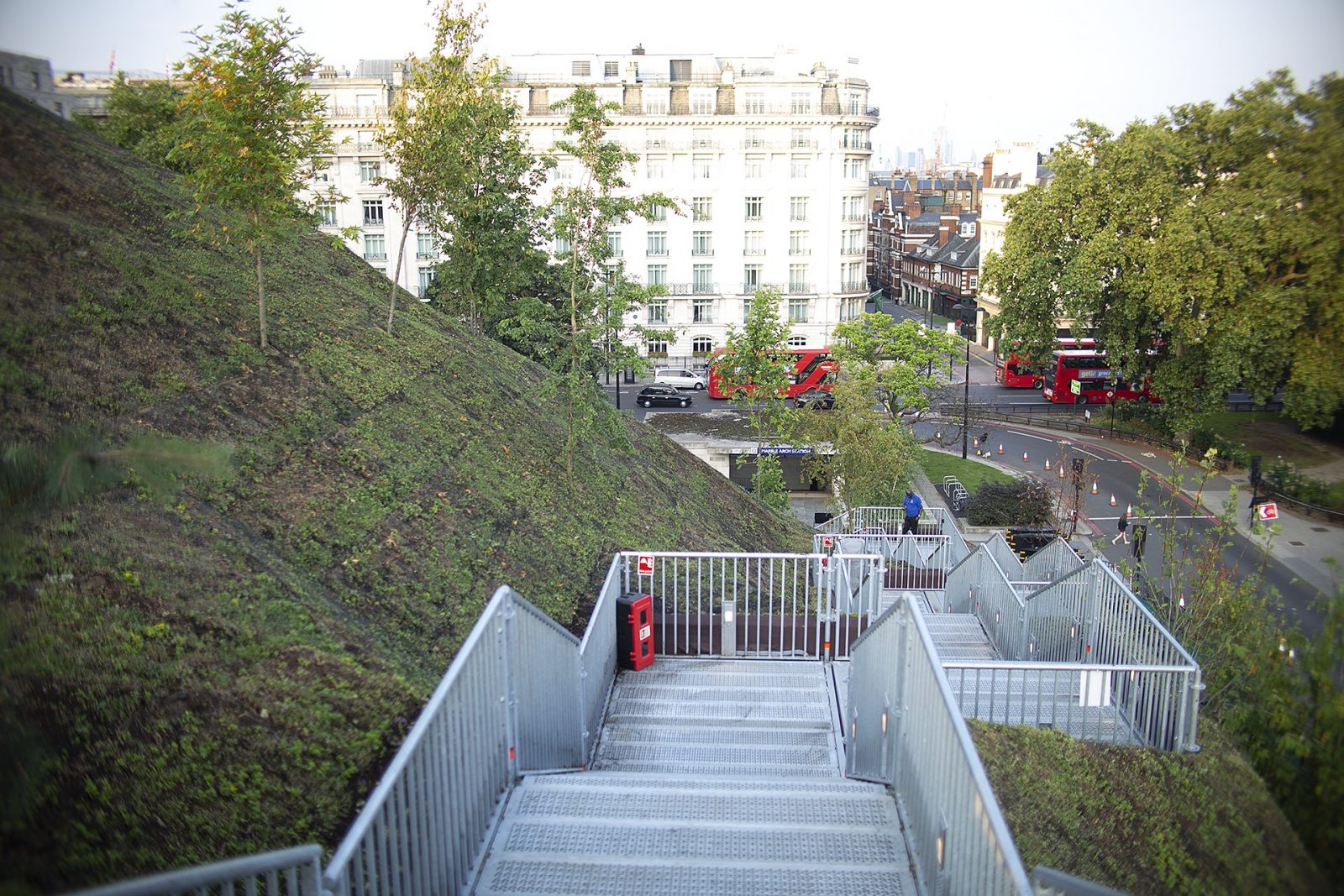
Photography by Dan Barker
“It is a vulnerable installation, no doubt, but we just need to give nature a bit of time. The mound is designed with not only summer but also fall and winter in mind; it is meant to have an overall green appearance during the time the installation is in place,” they added.
MVRDV is hoping that visitors will eventually see perceive Marble Arch Mound as “a folly in the best British tradition, a mound that is not really a mound in the middle of London, overlooking and extending Hyde Park to where it used to start, with Marble Arch again as its entrance”.
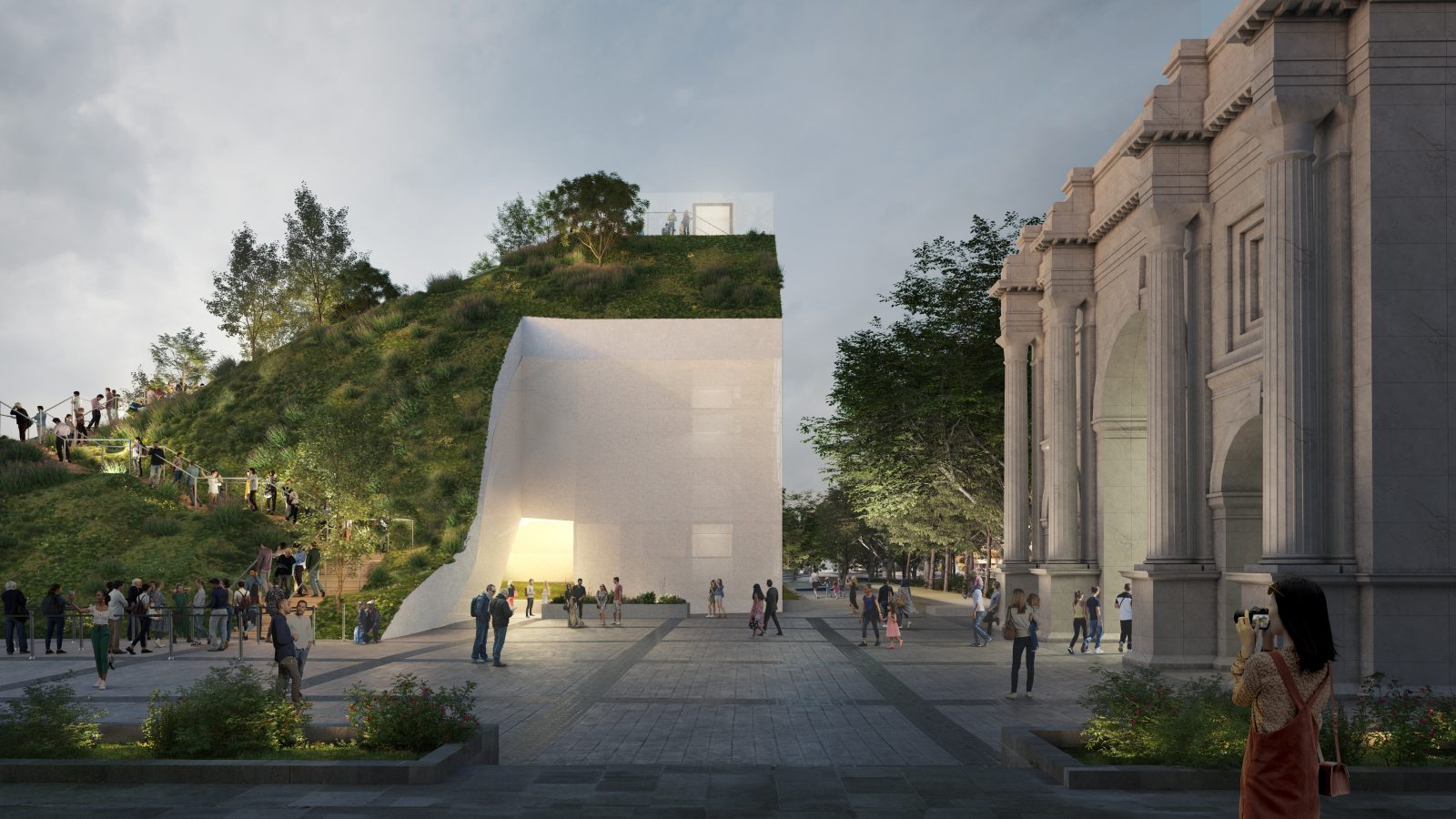
Rendered Image by MVRDV
The Dutch architects had a vision in mind for this attraction to mitigate global crises—they wanted to convey the importance of nature in cities suffering from climate change, and in the short term, they wanted to give life back to Oxford Street after the pandemic drew people away from the streets. This goal aligns with the council’s vision of a “Greener, Smarter, Future, Together”.
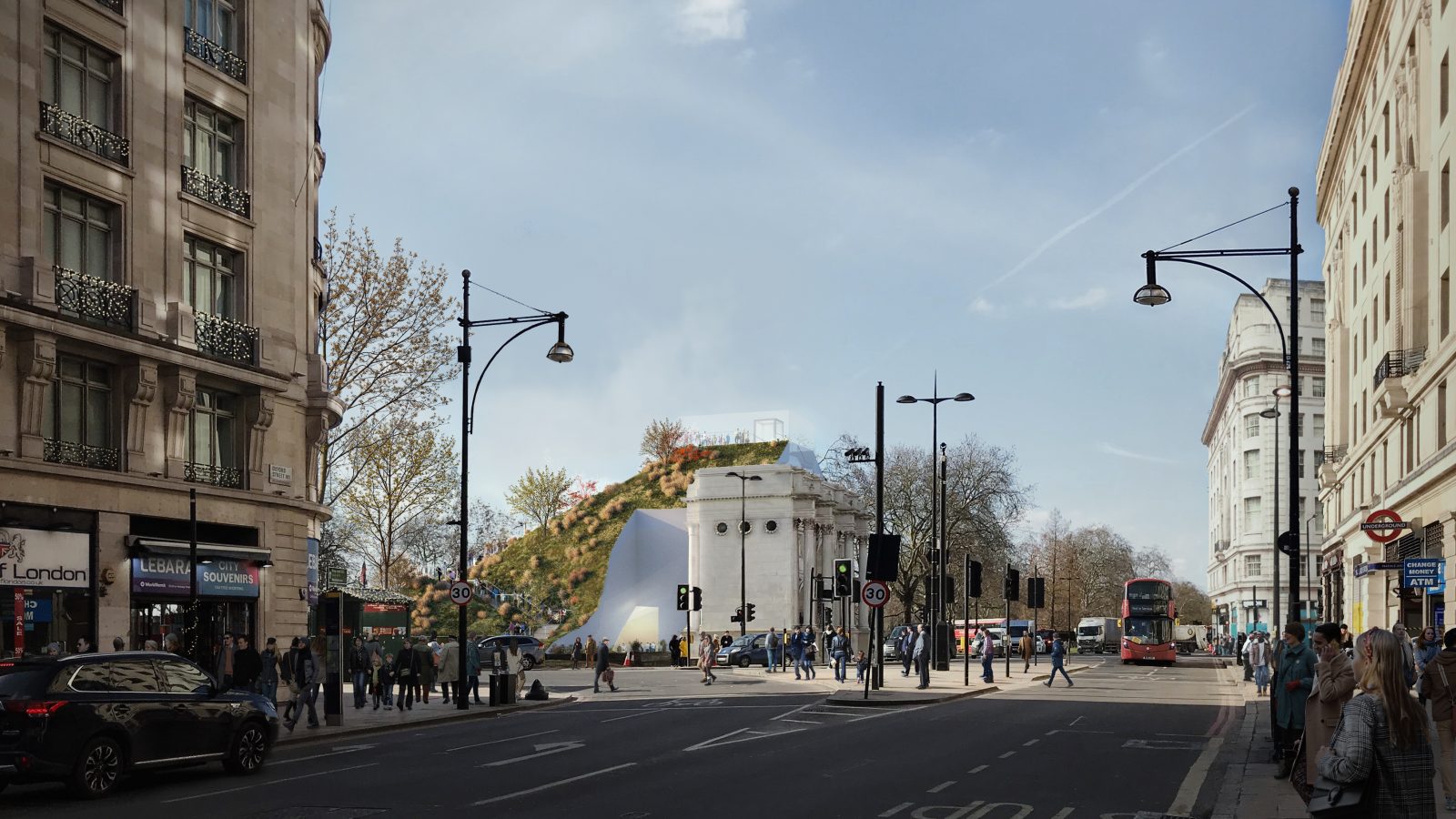
Rendered Image by MVRDV
“We choose to bring plants to this part of London for a reason: we think that it is symbolic for where we need to go in the future, greening the city. The more plants we add to inner cities, on roofs, and in streets, the lower the heat island effect will be and the better the city will be able to deal with rising temperatures. Marble Arch Mound symbolizes this wish and we are inviting everybody to see for themselves [from next week].”
Westminster City Council said in a statement on Monday: “We are aware that elements of the Marble Arch Mound are not yet ready for visitors. We are working hard to resolve this over the next few days.”
“The mound is a living building by design,” added the statement. “We’ll continue to adapt and improve London’s newest outdoor attraction and resolve any teething problems as they emerge.”
MVRDV is a Netherlands-based architecture and urban design firm with a practice that is global and versatile.

